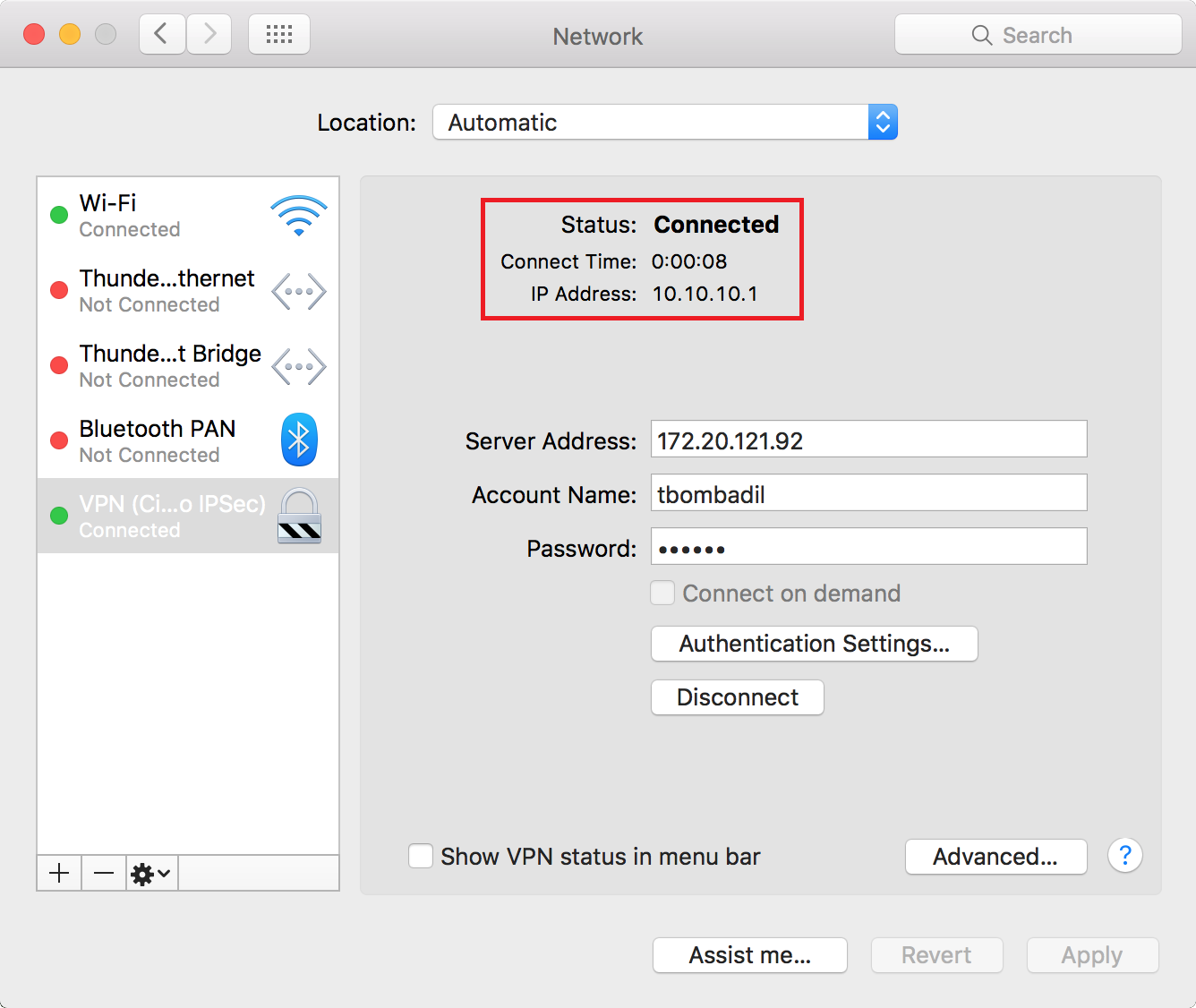

- FORTINET VPN CLIENT WINDOWS 10 MAC OS
- FORTINET VPN CLIENT WINDOWS 10 UPGRADE
- FORTINET VPN CLIENT WINDOWS 10 PASSWORD
- FORTINET VPN CLIENT WINDOWS 10 PC
FortiClient VPN simplifies the remote user experience with built-in auto-connect and always-up VPN features.
FORTINET VPN CLIENT WINDOWS 10 UPGRADE
The VPN features included in this free app are limited so upgrade to FortiClient - Fabric Agent for advanced functionality and technical support.įree FortiClient VPN uses SSL and IPSec VPN to provide secure, reliable access to corporate networks and applications from virtually any internet-connected remote location.

This easy to use app supports both SSL and IPSec VPN with FortiToken support. Your connection will be fully encrypted and all traffic will be sent over the secure tunnel.
FORTINET VPN CLIENT WINDOWS 10 PC
If one of your customers is able to come up with a fix, there should be someone at Fortinet who is smart enough to do that also and bake it into the build as an option.FortiClient VPN desktop app allows you to create a secure Virtual Private Network (VPN) connection using IPSec or SSL VPN "Tunnel Mode" connections between your Windows PC and FortiGate Firewall. I saw your release notes that said, "we found a problem, but it is Apples fault so it is up to them to fix it" is BS. Step up your game, and your life will become easier. PS I'm well aware that Apple has F'd up the DNS service in recent OSX releases. Even if they don’t use the protection services and it’s just a management platform for VPN client, Mobility Agent for FSSO, and a.Fabric agent to send Tags to FortiGate for your ZeroTrust. I'm glad there are people out there who are as well versed as the person who figured out the CLI scripting but why torture us in having to figure that out when all it takes is a few weeks during development to make the freaking UI consistent and available to those of us who are not CLI terminal wizards? On Windows you can edit the virtual interface and add your domain and DNS servers to be used when the connection is active, but the FortiClient does not show up as an editable interface under the Mac Network settings. But now I'm in the same boat as all of the folks above due to DNS issues. After doing so, I imported back into the MAC FortiClient and BAM!, if finally connected using the stronger auth crypto. I finally figured out that if I export the schema on the MAC I can waste a few more hours hunting these values down and change them by hand. NONE OF THESE OPTIONS ARE AVAILABLE ON THE MAC!!! This is fairly easy to do on the Windows client. As a result we are trying to only allow DH Group 14 (I'd like to use the EC based ones but those aren't available in the Windows or Mac clients) and we are only allowing AES256/SHA256 Enc/Auth proposals. The encryption and authentication proposals must be compatible with the Microsoft client. Transport mode is used instead of tunnel mode. The configuration needed on the FortiGate unit is the same as for any other IPsec VPN with the following exceptions.
FORTINET VPN CLIENT WINDOWS 10 PASSWORD
Check the checkbox for Users must enter a user name and password to use this computer. Enter control userpasswords2 and press Enter.

On the Windows system, Start an elevated command line prompt. I guess I'm one of those guys who doesn't like defaults because that is what the bad guys love and I'm trying to prevent. The Microsoft VPN client uses IPsec for encryption. Ensure that VPN is enabled before logon to the FortiClient Settings page. The User Portal offers the free Sophos SSL VPN Client.
FORTINET VPN CLIENT WINDOWS 10 MAC OS
WHY IN THE HECK ARE THERE NOT ADVANCED SETTINGS ON THE MAC CLIENT UI!!! Sophos Connect client is VPN software that runs on Microsoft Windows 7 SP2 and later, and Mac OS 10. EMS is a good start and I'm going to play with that, but based on the complaints about 5.2.4, the cert bug in 5.2.3 (UI gets corrupted if you attempt to upload a EC Signed Cert), and what I'm seeing in FortiClient 5.4 I don't have my hopes high. Is anyone over there doing any kind of QC testing? I've spent that last month trying to figure out how I can deploy a consistently configured IPSec VPN to my Mac and Windows users without dumbing it down to crappy crypto.


 0 kommentar(er)
0 kommentar(er)
